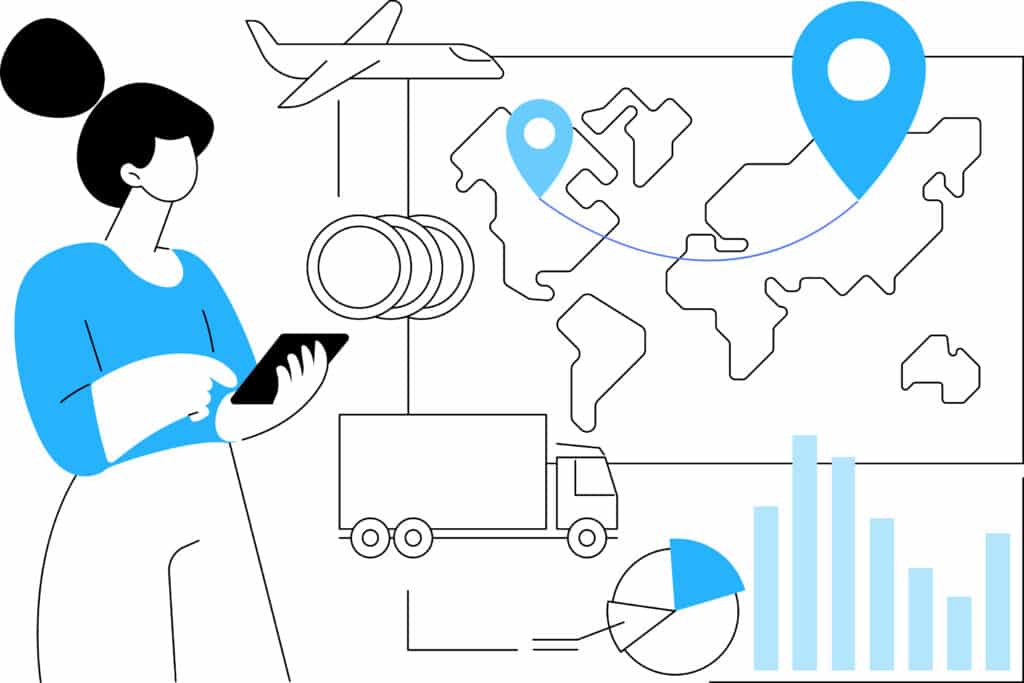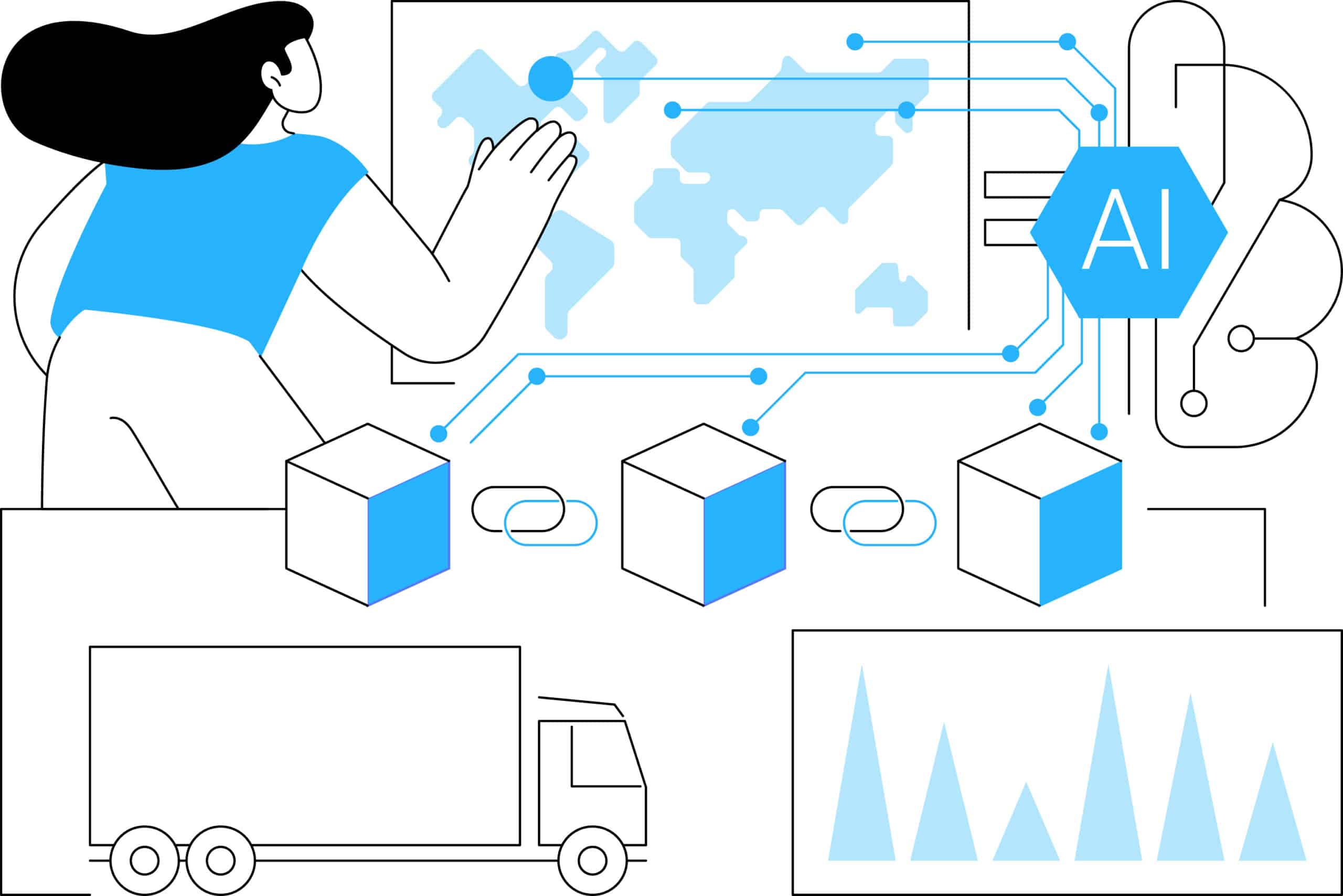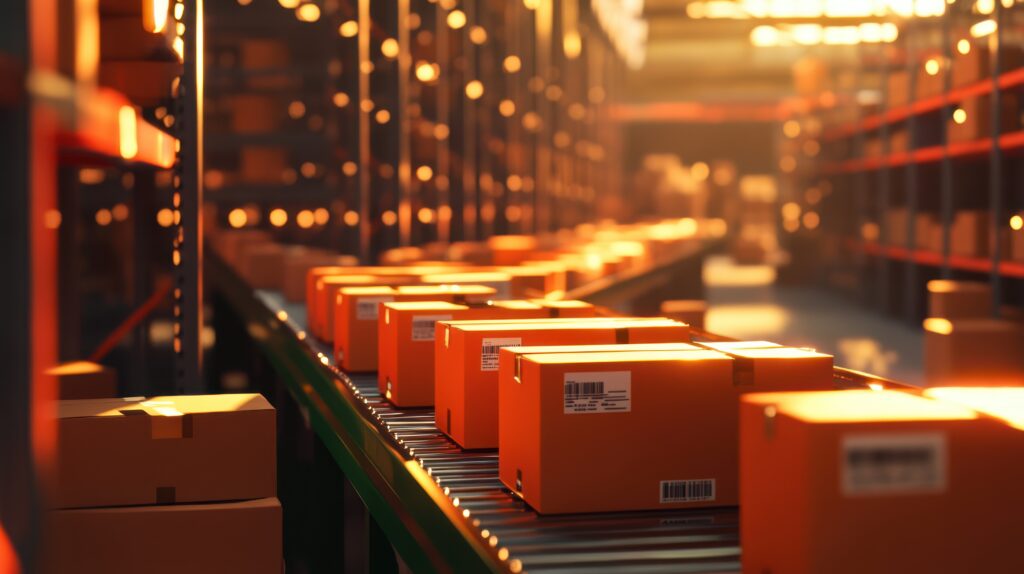Picture this: a cargo jet lifts off from Frankfurt at midnight. By the time it lands in Singapore, regulations have already changed. A supplier on yesterday’s “approved” list is suddenly restricted. The shipment is cleared, but the company’s compliance team is still asleep.
This is the reality of trade today. Goods move faster than ever, but so do the rules that govern them. Every transaction, contract, and partner must pass through layers of checks that shift overnight. Regulators are tightening enforcement across every sector. The pace of trade has outgrown traditional compliance.
AI and automation: the new frontline of trade compliance
To keep up, leading logistics providers and exporters are turning to AI and automation to stay compliant in real time. These technologies are no longer futuristic add-ons. They are becoming the frontline defense against growing regulatory risk.
AI can now scan thousands of counterparties in seconds, identify potential sanctions breaches, and flag suspicious activity long before a human could. Automation ensures these checks happen continuously, across every shipment and workflow, without delays or fatigue.
And the pressure is mounting. In 2024 alone, regulators across the U.S. and EU issued record fines exceeding €2 billion for sanctions and export control violations. Many of those cases had one thing in common: compliance systems that couldn’t keep pace.

When global trade speed outpaces compliance
The following year, 2025, brought a sharp reminder of how unforgiving the landscape has become. After a short pause, The U.S. Treasury’s Office of Foreign Assets Control (OFAC) returned to full enforcement and immediately issued several high-profile penalties that sent shockwaves across industries.
One of the largest cases involved GVA Capital Ltd., a California-based venture capital firm. The company was fined $215.9 million for willful violations of Russia/Ukraine-related sanctions and failure to cooperate with regulators.
Soon after, Key Holding LLC, a Delaware-based global logistics company, settled for $608,825 after its Colombian subsidiary managed unlicensed shipments to Cuba in violation of the Cuban Assets Control Regulations.
Neither case involved a lack of awareness. Both were rooted in systems and oversight that failed to keep up with. Regulators are no longer just targeting deliberate misconduct. They are penalizing companies that simply fail to maintain control. Whether you move goods, money, or data, the message is consistent: compliance cannot afford to fall behind.
For any organization managing cross-border operations, the warning is simple: the gap between trade speed and compliance speed is closing fast. To survive, compliance must operate in real time predicting and preventing risks before they appear.
Real-time compliance automation in trade: Opportunities and challenges
That is where automation enters the story.
Imagine a system that never sleeps. Every shipment, invoice, and supplier name is checked automatically against the latest global sanctions and export lists. Every decision is recorded and auditable. For many organizations, this is not a dream, it is already happening.
But progress brings new concerns: What happens when an algorithm decides whether a shipment looks suspicious?
One false flag can stall millions in goods and frustrate customers. Yet one missed flag can cost even more in fines and reputational damage.
Most compliance teams are starting to recognize this paradox: automation can both solve and create compliance risk. The key is not blind trust in technology, but intelligent design ensuring automated systems are transparent, auditable, and constantly updated.
That’s why many organizations are turning toward AI-driven automation, which not only executes checks but learns from every decision. These systems analyze past enforcement actions, transaction histories, and external regulatory data to improve accuracy over time, effectively teaching compliance systems to think ahead of regulators.

Should AI play a bigger role in trade compliance?
If automation keeps compliance running, AI is the intelligence that helps it think ahead.
As global regulations multiply and trade moves faster than ever, AI is becoming essential to spotting risks before they turn into violations.
In our own International Trade & Transport Compliance Solution (ITTS), AI delivers measurable improvements in accuracy and efficiency:
- AI-enhanced name matching. Recognizes spelling variations, transliterations, and linguistic nuances across 100+ languages ➜ Uncovers hidden connections between entities and reduces false positives.
- AI-powered goods classification. Assigns and verifies Harmonized System (HS) codes with greater precision ➜ Ensures product descriptions match their HS codes, preventing costly export control errors.
Together, these capabilities allow compliance teams to focus on real risks instead of repetitive manual reviews.
These are practical, proven examples of AI making compliance more accurate and efficient today. And as these technologies evolve, they will extend their reach, from smarter name and goods screening to detecting irregular transaction patterns and potential sanction evasion routes, helping organizations move from reactive checks to predictive risk management.
But as AI plays a bigger role, one more question remains: how much should we trust it?
AI systems can misinterpret data, apply outdated rules, or make decisions without clear reasoning. If an algorithm misses a restricted entity, who’s accountable? The compliance officer or the machine? Regulators are asking the same thing.
Under the upcoming EU AI Act (2026), AI systems used for sanctions screening or due diligence will be classified as “high-risk applications.” That means companies must ensure these systems are transparent, auditable, and always under human supervision.
This new regulatory landscape raises the bar for compliance even higher. The goal is not to replace human judgment but to enhance it. The most effective teams combine AI’s speed and analytical power with human expertise and intuition. This balance gives compliance professionals clearer insights and faster, more confident decisions.
Turning trade compliance into your advantage
Every shift in trade creates winners and losers. The winners will be those who treat compliance not as a burden, but as a source of confidence and trust.
AI and automation give organizations the visibility and control they need to operate at the speed of modern trade. They do not replace people; they empower them. When used well, they help teams move faster, make better decisions, and prove to regulators and customers alike that their operations are safe and transparent.
At Be Informed, we help organizations achieve exactly that through our International Trade & Transport Compliance Solution (ITTS). It’s part of a broader shift toward intelligent, proactive compliance that keeps businesses both compliant and competitive.
Because in global trade, compliance isn’t just about following the rules. It’s about staying ahead of them.









